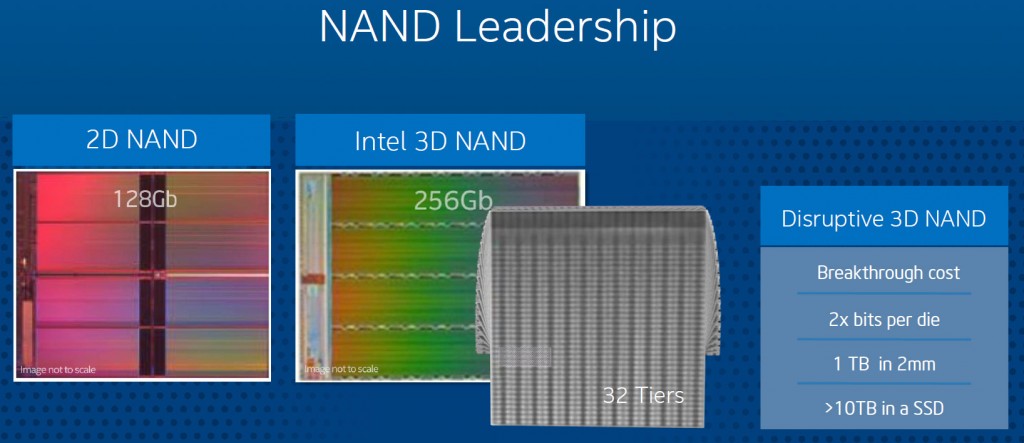ScienceRocks
Democrat all the way!
- Thread starter
- Banned
- #501
A Circuit That Breaks Records, Runs At One Trillion Cycles Per Second
The Pentagon's advanced concepts research wing has attained a crucial technological milestone by building the world's fastest integrated circuit. Clocking in at a full one terahertz, it's 150 billion cycles faster than the previous record. The stage is now set for some unprecedented new technologies.
DARPA, along with its partner Northrop Grumman, has been working on this for years. Nearly a decade ago they hit the 670 gigahertz (GHz) range. Then in 2012 they demonstrated a 850 GHz integrated receiver, an achievement that hinted at the plausibility of developing a 1 THz version. The researchers were looking to take full advantage of the untapped high-frequency band beginning above 300 GHz — the point at which wavelengths are less than one millimeter. But developing the 1 THz circuit proved to be elusive owing to the inability to generate, detect, process, and radiate the necessary high-frequency signals.





